My visit to Landguard Fort in Felixstowe took place at the beginning of September, and the Suffolk Regiment Living History Society were hosting events at the fort and demonstrating the life of soldiers and firearms and grenades, so it was a great atmosphere in addition to lovely sunny weather. This fort is well worth a visit because of its varied history; its history dates from the 1500s and up until the Cold War. It is a Grade I listed building, and there is so much to explore.
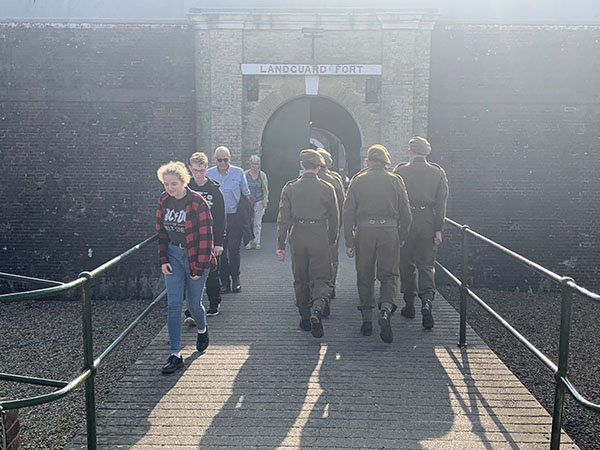
The fort was originally known as Langer Fort, and it was first built around 1540. In 1667, the Dutch landed 2,000 men on the beach at Felixstowe in attempt to sieze the fort. There is a reconstruction of this battle on video at the fort. The Dutch were held back by 500 men at Felixstowe. A new fort was built in 1717 and remodelled later on for additional security and defense.
During the second World War, the fort was used as a balloon launch site. Hydrogen-filled balloons with steel wires intended to damage power lines in Germany were launched.
In addition to exploring the rooms in the fort, visitors can see some items and interact with some of these displays.
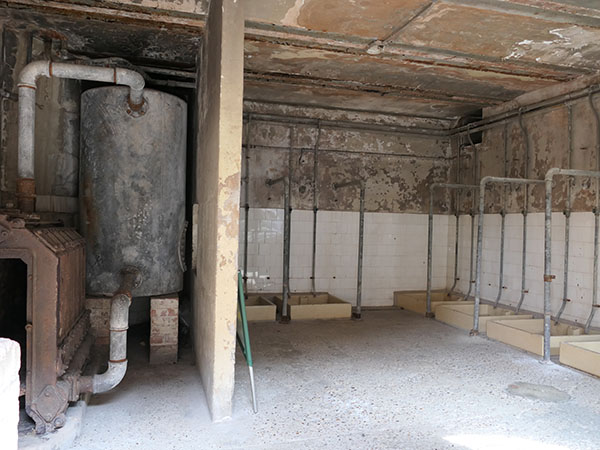
The showers, baths, and sinks were the first set of rooms to explore.

There are various anti-aircraft guns and cannons around the site.
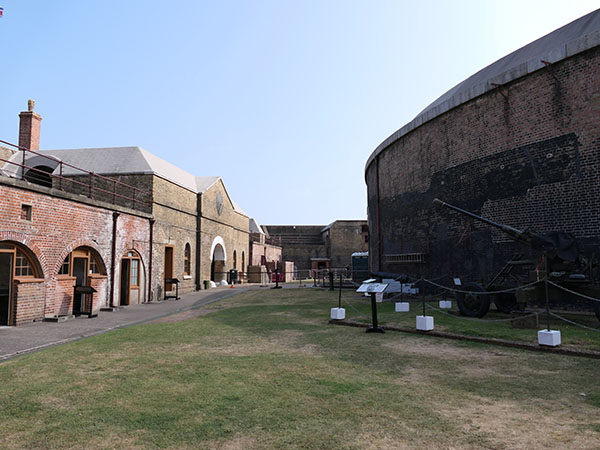
The cobbler's shop was one of the rooms as mending shoes was highly important to the life at the fort. Apparently, the glue used to mend the shoes smelled really bad because it was made from animal byproducts.
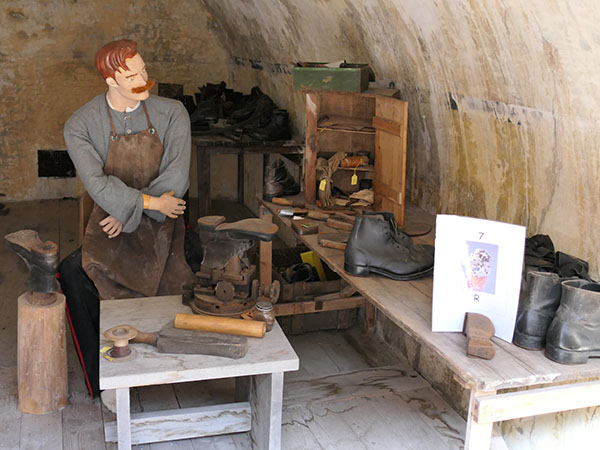
The mining room and area was next to explore. The mining room was built at the end of the 1800s for submarines to protect the estuary. The mines would have been transported by a narrow tram onto the jetty with adapted boats used to fit them to the submarines. A couple of these deactivated mines are on display as they were previously used as buoys at Ipswich.
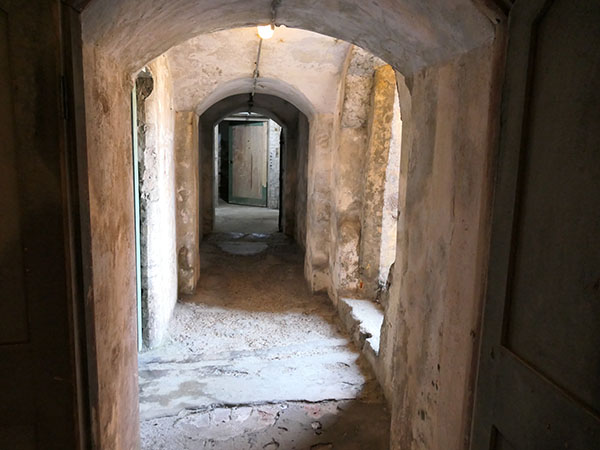
The room below is one of the entries into the magazines. The soldiers had to de-robe and put on special clothing and boots for handling the weapons. Their usual boots may have created sparks, so the spcial uniform prevented this.
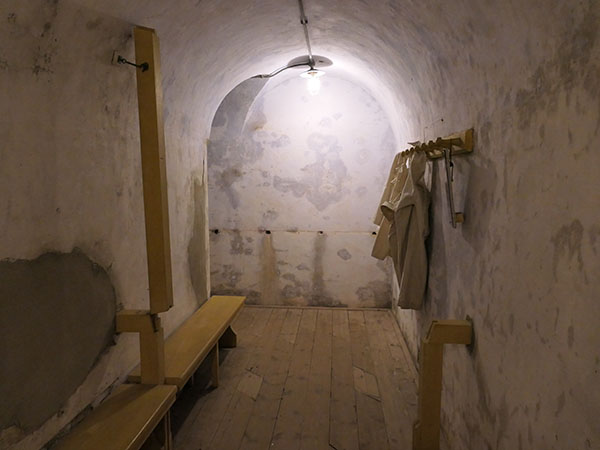
The magazine is below, and it was used for storing gunpowder, ammunition, and shells. Shells and cartridges had special lifts to put them on the top level with a pulley.
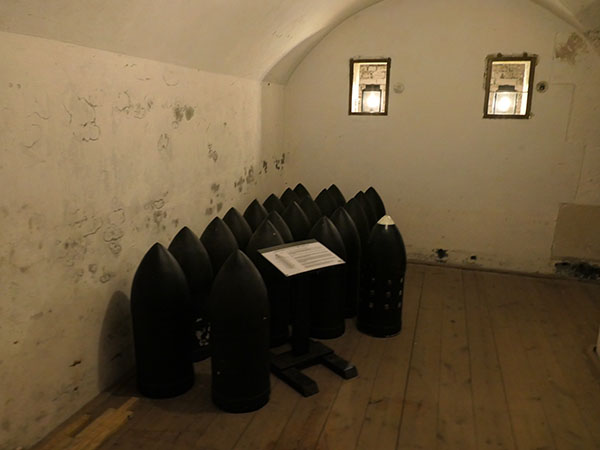
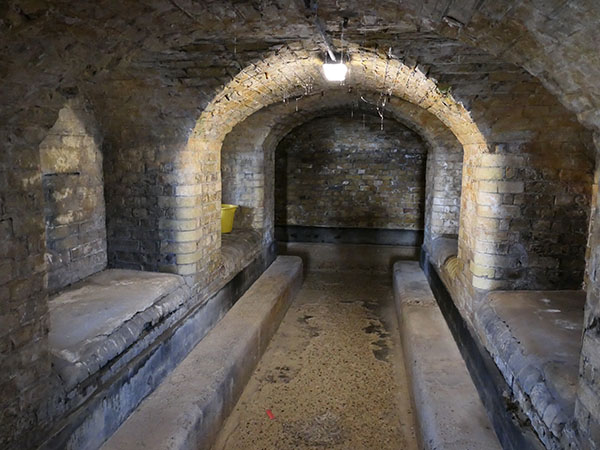
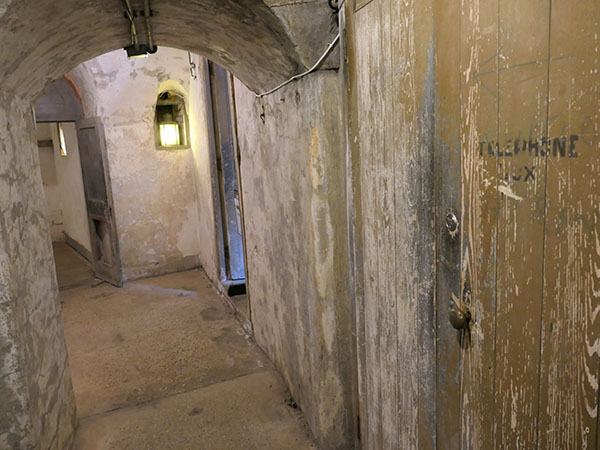
An example of one of the cartridge lifts is below.
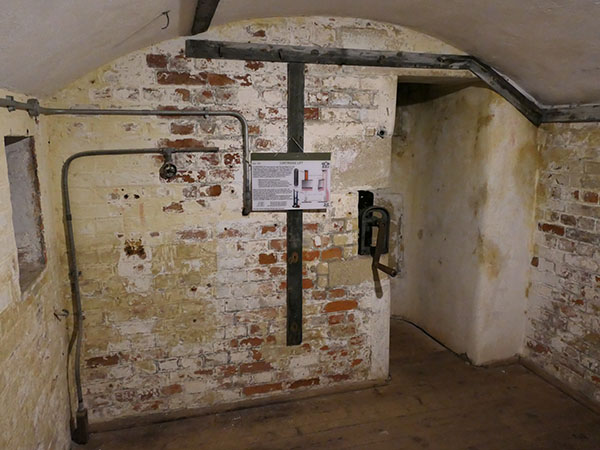
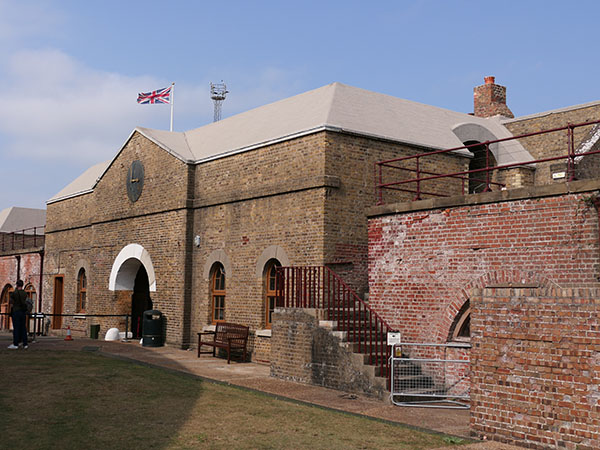
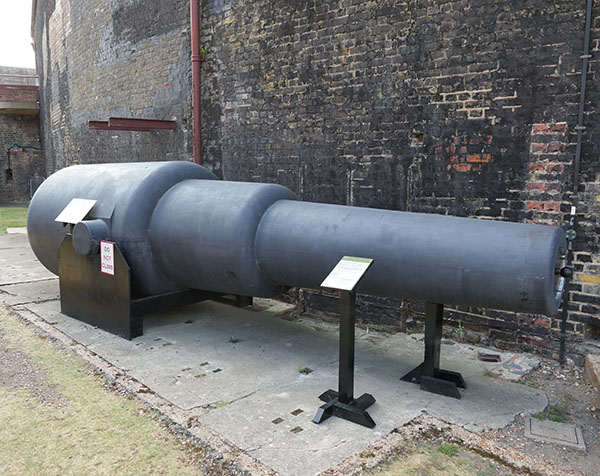
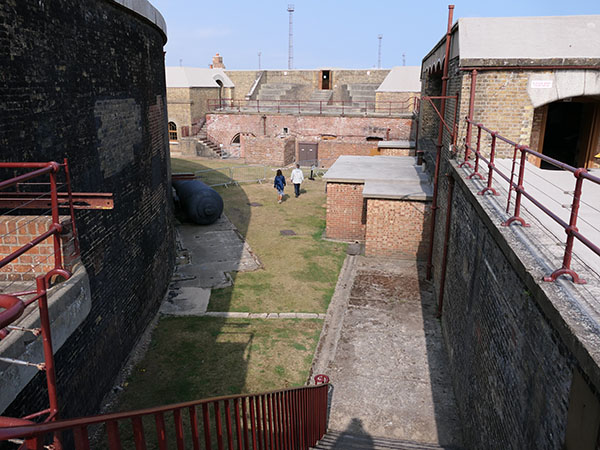
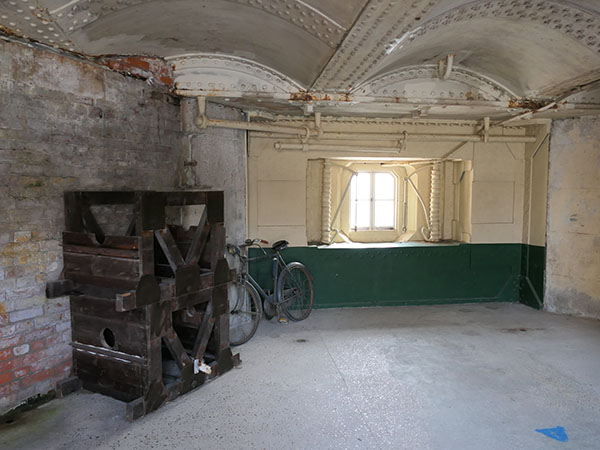
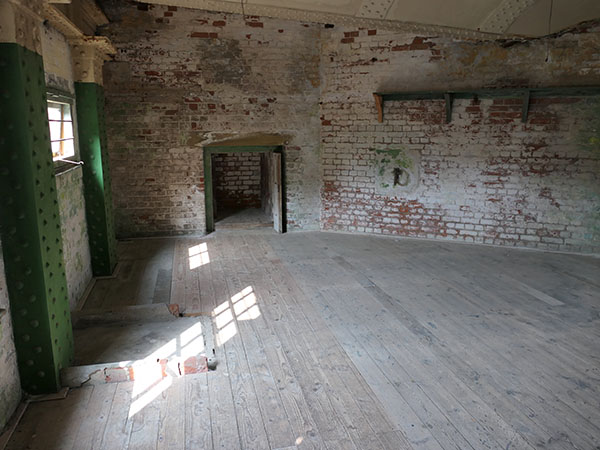
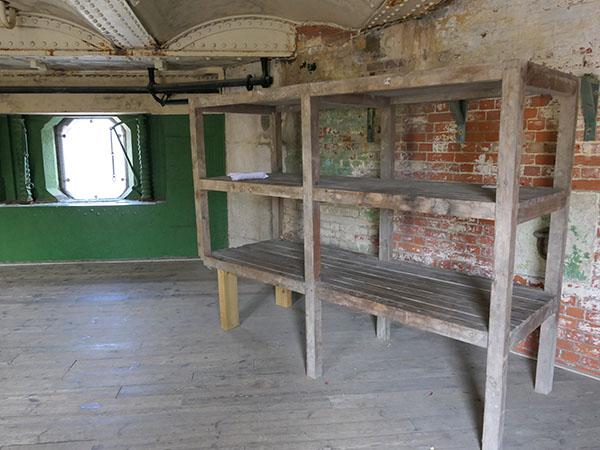
The soldiers gave a demo to us on firearms and grenades.

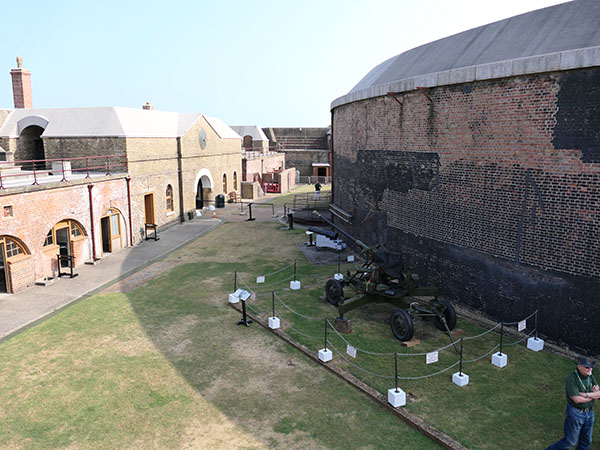
Fire buckets are located around the site for safety reasons. In this section is the fort clock - the Landguard fort clock. My photograph did not come out very well as it is behind glass and behind a door. It was made in 1747, and it has to be wound every eight days.
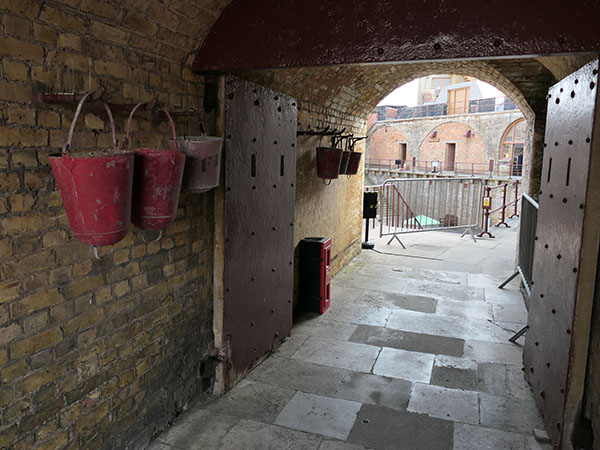
The middle of the fort contains living quarters and offices. Today, it contains a gift shop and 1940s vintage tea room.
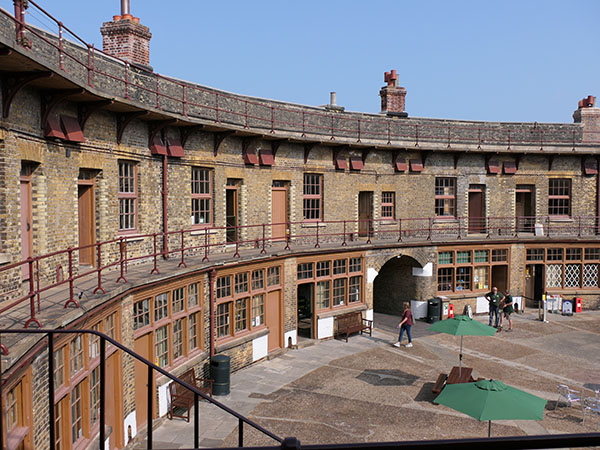
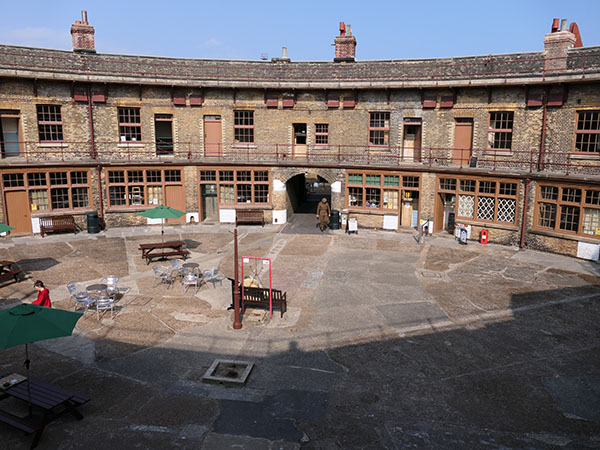
Opposite the living area are some of the important rooms, such as the control room.
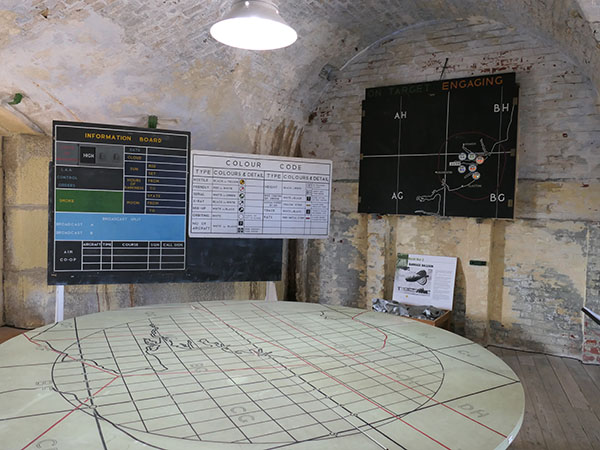
Telecommunications was important, and visitors could try their luck with the morse machines. There are a few rooms to look at here for radar, radio, and other telecommunications.
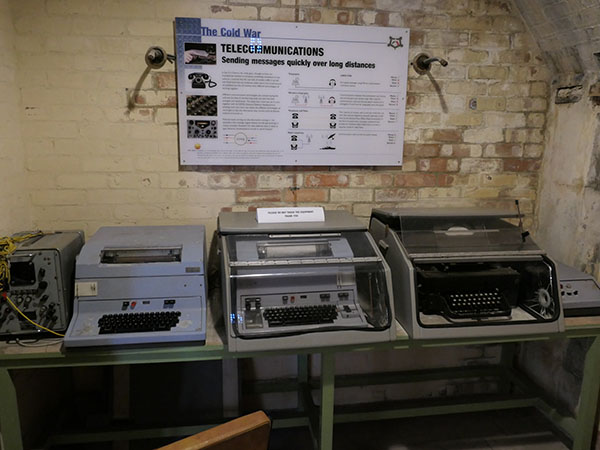
Various offices are set up, but most of the rooms were shut. Visitors could only peer through a window for a glimpse of the interior of the rooms.
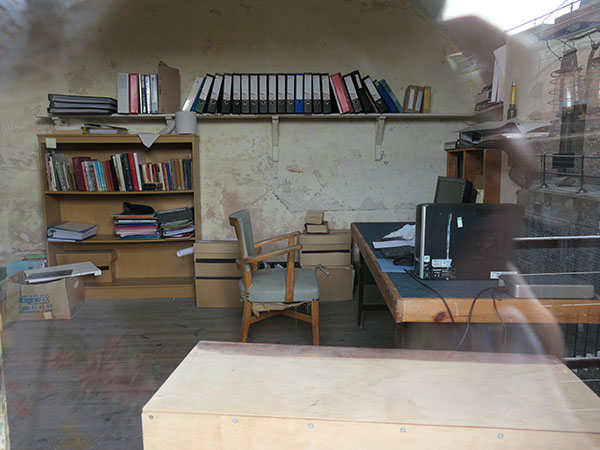
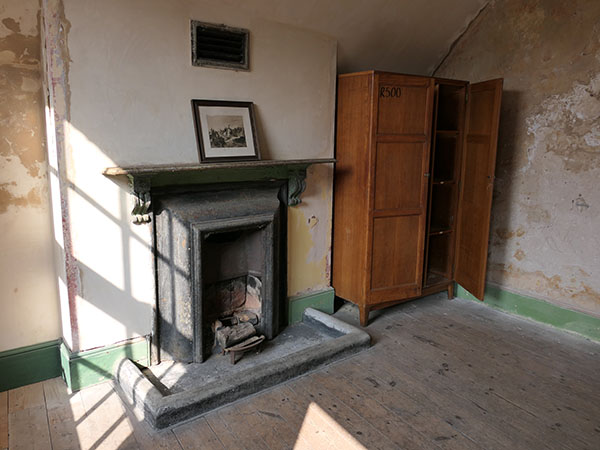
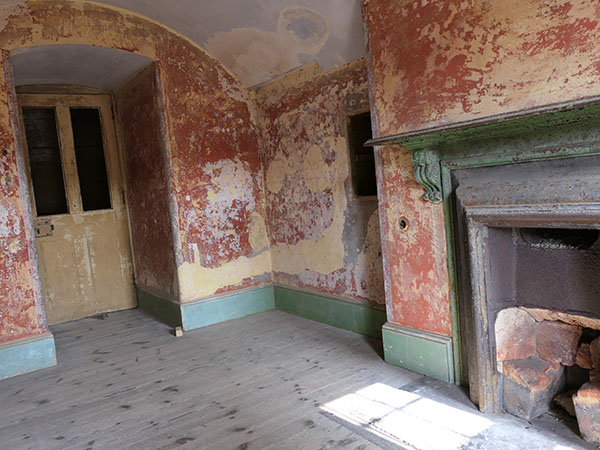
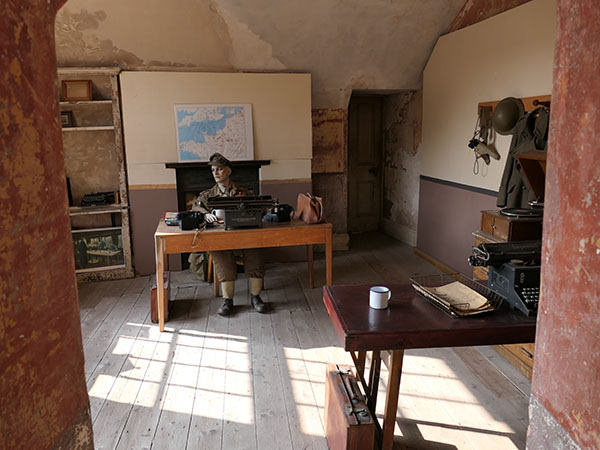

The commanding officials had their own toilets.
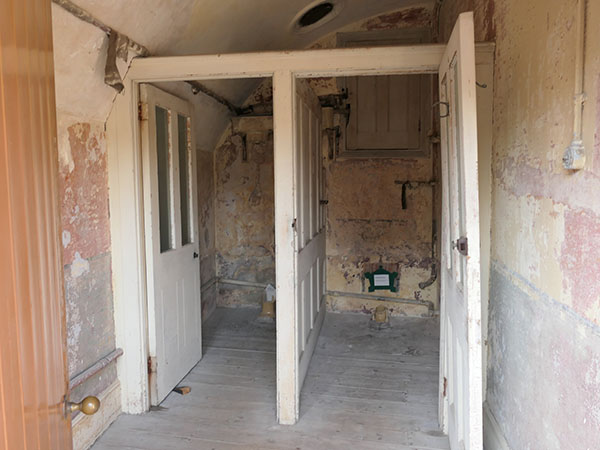
The 1940s tea room serves drinks and snacks to visitors.
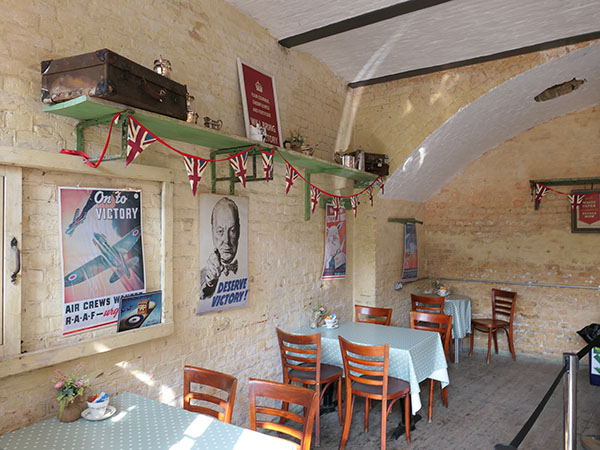
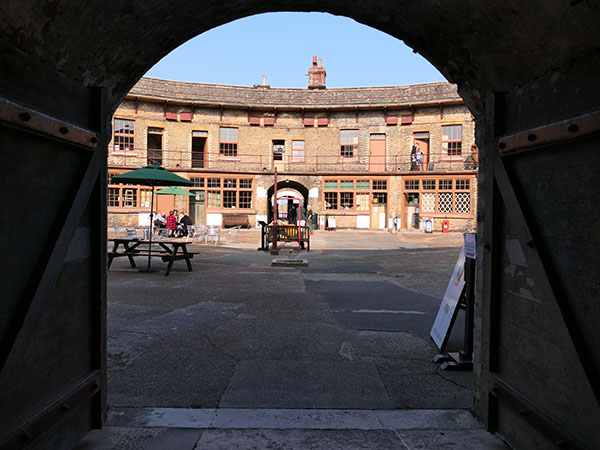
The barracks is set up in another room, and eight men would have been in one room.
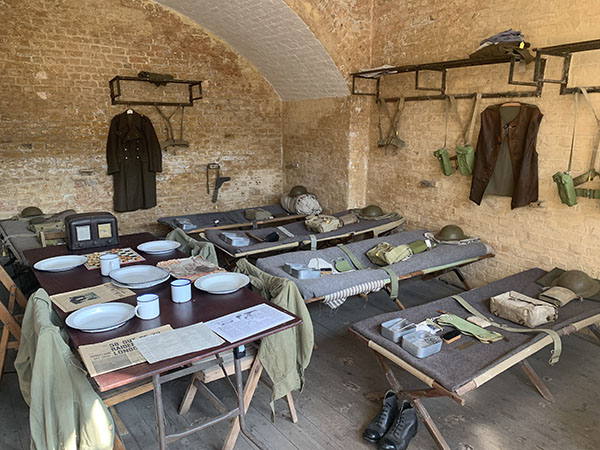
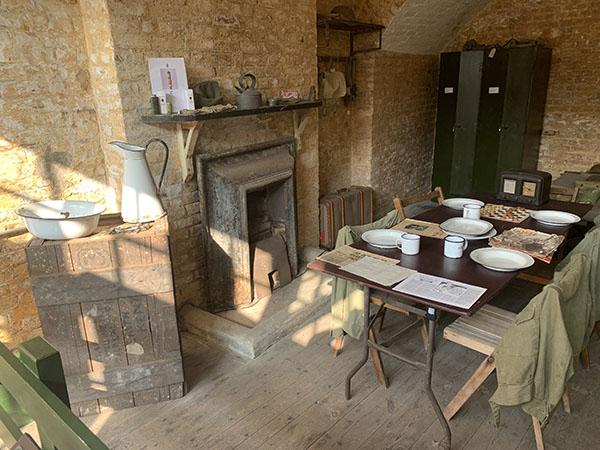

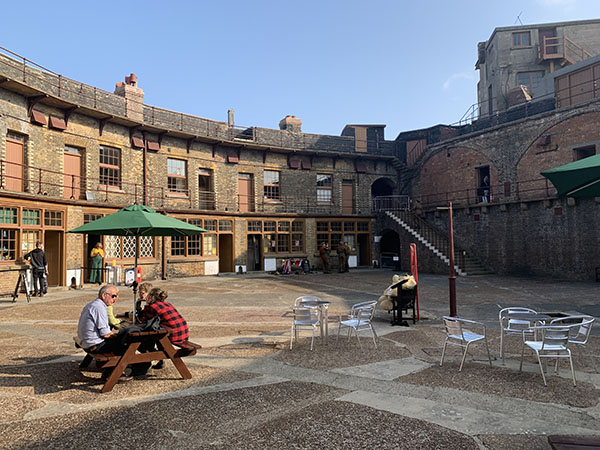
The Suffolk Regiment completed some marching around the fort for the remaining visitors at the end of the day.
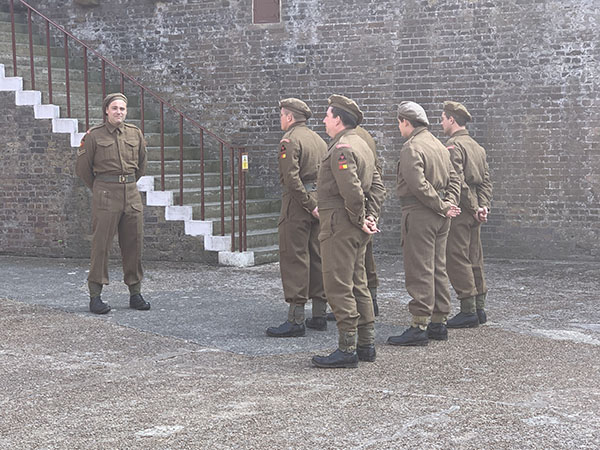
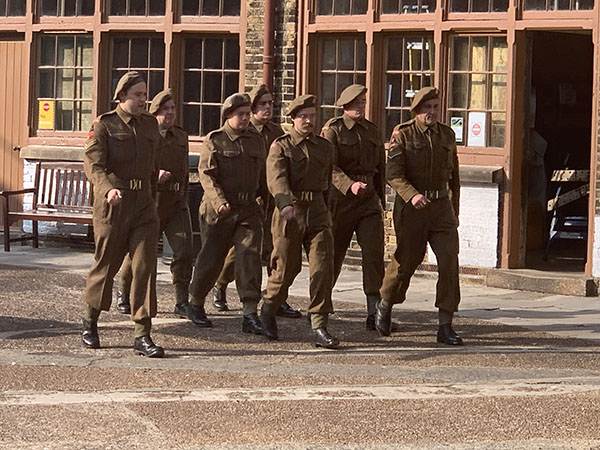
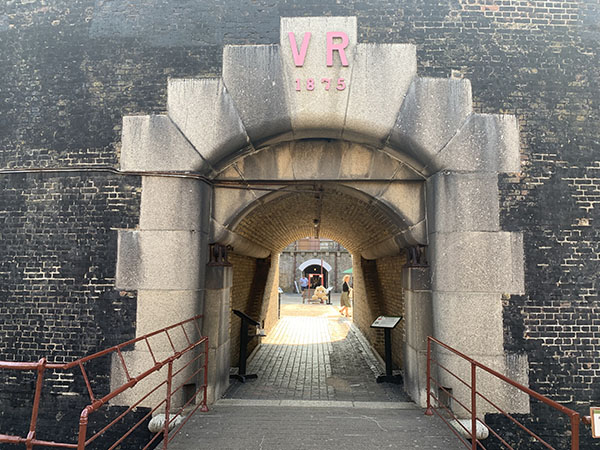
The last room to see was an office and the prison cell, which leads off of the office. The cell was for soldiers who needed disciplined for being late, drunkeness, gambling, fighting, and so on.
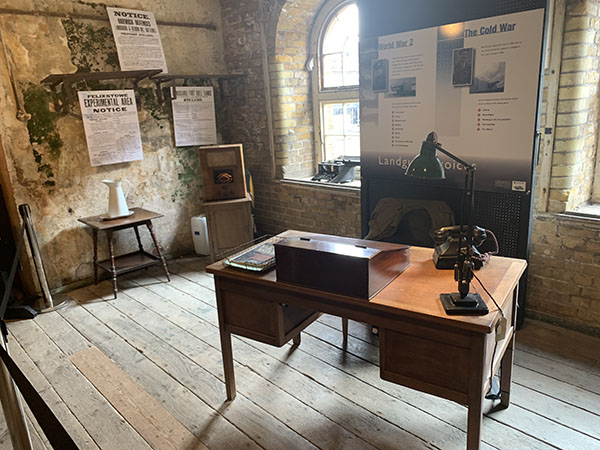
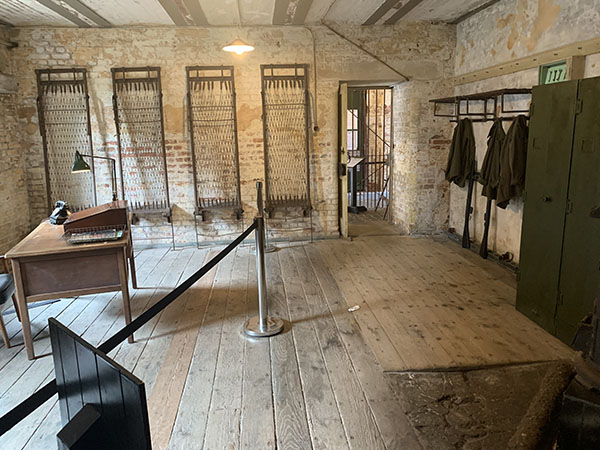
I was not sure what to expect at Landguard Fort, but I really enjoyed my visit. There is so much to see here, and it is all very interesting as it spans different centuries, and the rooms are like a maze with little expectation of what awaits around the corner.
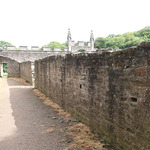
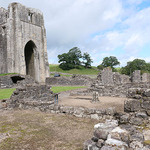
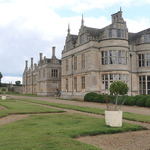
Leave a comment